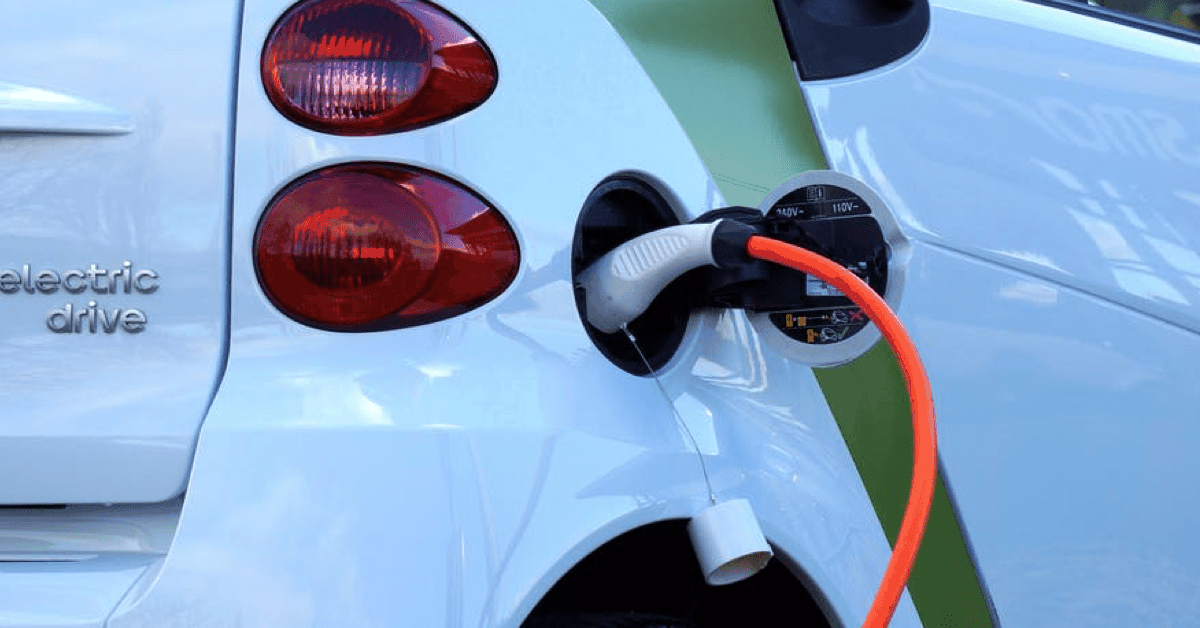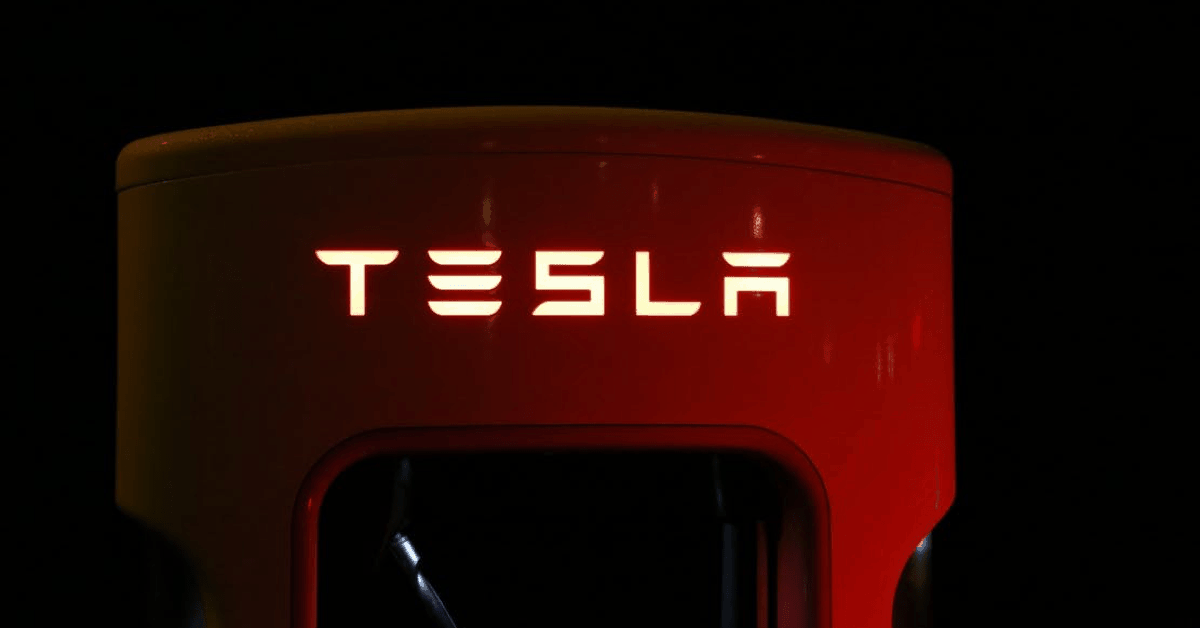If you’re looking for ways to make your road trips more eco-friendly, you’ll need a crash course (no pun intended) on electric vehicles. Luckily, we’ve got you covered.

What’s the difference between a hybrid and a fully electric vehicle?
Hybrids balance a gas-powered combustion engine with a small electric motor that takes over from time to time. Hybrids charge when you brake or take your foot off the gas, and there are some models that also offer plug-in charging.
Fully electric vehicles have one high-powered electric motor that is fueled by a large electric battery, which requires charging at a charging station.
What does it feel like to drive an electric car?

The first thing most drivers and passengers will notice about riding in an electric vehicle is that they are much quieter than regular vehicles.
Since electric cars don’t have a clutch, gearbox, or tailpipe, driving an electric car can feel smoother than a non-electric vehicle. You can accelerate much faster, and thanks to regenerative braking, don’t have to brake as often.
Regenerative braking is the system that takes the energy from your pedals to charge the battery. This system is built to conserve energy, which means that easing off the gas in an electric vehicle actively decreases the speed of the vehicle, in the same way that lightly braking would.
Braking in an electric car first runs the motor backwards to slow down, which decelerates the car enough in most situations. For times when you need to stop more quickly, they also have the traditional friction brakes which will kick in only when you need them. Don’t be alarmed if you have to press the pedal a little further than you’d expect in these situations, the extra pressure is just to activate the friction braking.
While many models tend to have less trunk space in the rear, there is extra space under the hood in the front since the engine and battery don’t take up that space anymore. Speaking of which…
How safe are they?
Electric cars tend to have a low center of gravity because the motor and batteries are located on the bottom of the vehicle instead of the front. This means they are far less likely to roll over than vehicles that are higher off the ground or front-heavy.
It also means that even in a serious car crash, the chance of a fire starting or the engine exploding is a lot lower than in a regular vehicle. Since there is no gasoline and the engine is located away from the areas most likely impacted by the crash, they are much safer than the alternative.
In fact, the National Highway Traffic Safety Administration in the United States has given the Tesla Models S and X perfect safety ratings across the board. Check out the safety rating of any vehicle model for yourself on their website.
How does charging work?

Where do you charge?
You can charge your vehicle from a regular outlet, but it will take a lot longer than getting a decent charger installed for around $500-$600. While that might seem like a lot, many countries, states or provinces have incentives or tax credits that can significantly lower the price.
When it comes to charging when you’re out and about, it depends on what’s available in your city. Most charging companies function like phone service providers. You become a member, pay either monthly or by the minute, and have access to all that company’s network of charging stations. There are also many places where you can charge for free.
A great resource for finding charging stations is PlugShare, where you can even filter by the type of plug, network, and if you need to pay. Keep in mind that networks most likely won’t show their competitors’ charging locations, so it’s a good idea to use a third party like this one.
How often do you need to charge?
This depends, of course, on the vehicle and the capacity of the charging station. Where you can fill up a gas tank in a handful of minutes, charging takes a little longer, which is why having a charger in the garage is essential. Twenty minutes can be enough charging time for most trips, and vehicles usually reach a full charge in around an hour and a half, depending on the model and your charger.
Since electric vehicles are already very tech-savvy, it’s no surprise that manufacturers like Tesla have also developed apps so you can keep an eye on the car’s charging status while you go about your day.

How far can you go without charging?
While the current record distance on a full charge is 670 miles/1078 km, normal non-record-focused driving should take you 200-400 miles (approx. 320-640 km) before needing to charge, again dependent on the model and charging equipment.
How much does it cost?
While the upfront cost of purchasing the vehicle and charging equipment is usually more expensive than comparable non-electric models, you save money in the long run. Electricity is much more affordable than unpredictable gas prices, and you save big on maintenance costs (imagine never having to get an oil change or a belt replaced again).



